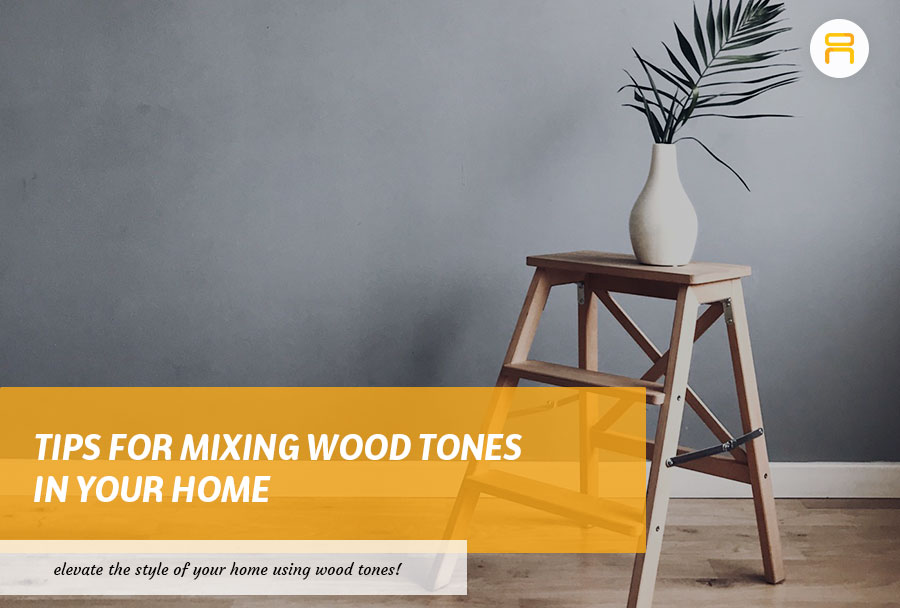
7 Tips for Mixing Wood Tones in Your Home
Experimenting with the style and design of your home can be both fun and daunting at the same time. It can be fun because you are able to do something different and recreate the interior look of your home. It can be daunting if you will be doing it for the first time and you don’t have a clue on what to add or mix with the furniture pieces and elements you already have.
Wood is a classic material you see in any home, but it is not exactly a good choice to have it plainly in all corners of your home. Filling your space with all sorts of elements made of wood without considering how they can be properly styled will make your home look dull, flat, with nothing standing out to create a statement. That’s why it is best to pair or mix wood tones with other finishes so that it can show more character, texture, and style. Knowing the different ways to make your wood tones stand out while mixing it with other finishes and elements is essential if you are looking into elevating the style of your home.
In this article, we will be giving you tips on how to mix wood tones in your home.
1. Strike a Balance of Wood Tones
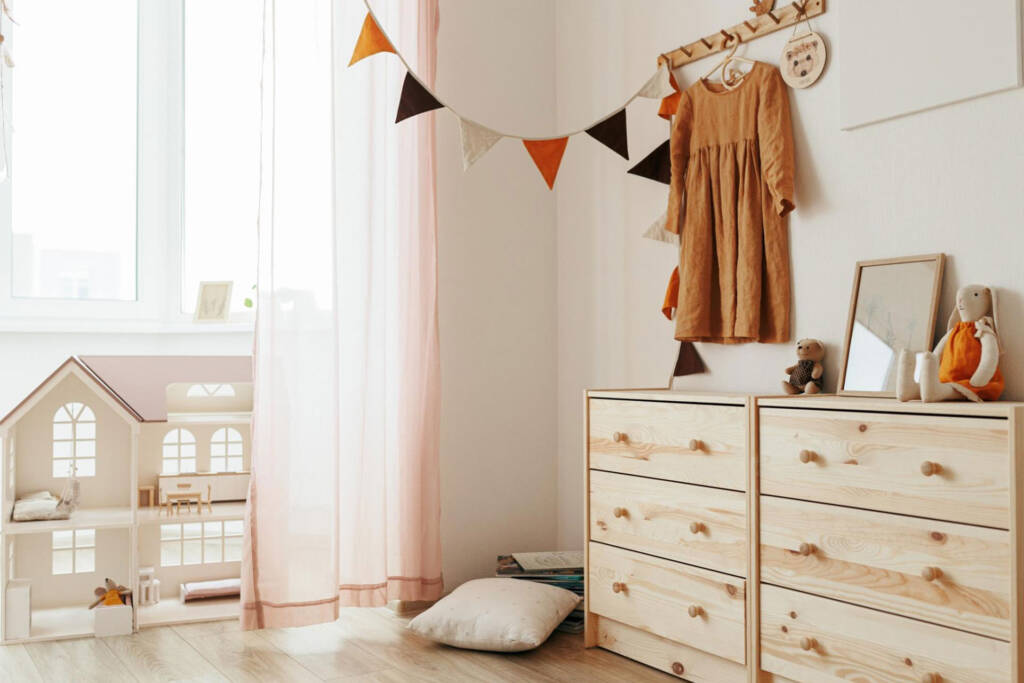
Balance is everything, especially when you are trying to mix different elements, finishes, or textures together. An example of this is placing furniture pieces that have repeating wood tones throughout your space, such as a coffee table, center table, chest drawer, or a console. This helps create uniformity, which comes out pleasing and neat to the eyes. You can also combine them with other furniture pieces or elements that somehow have a different finish or texture to avoid monotony and add to the balance of things.
2. Choose a Dominant Wood Tone
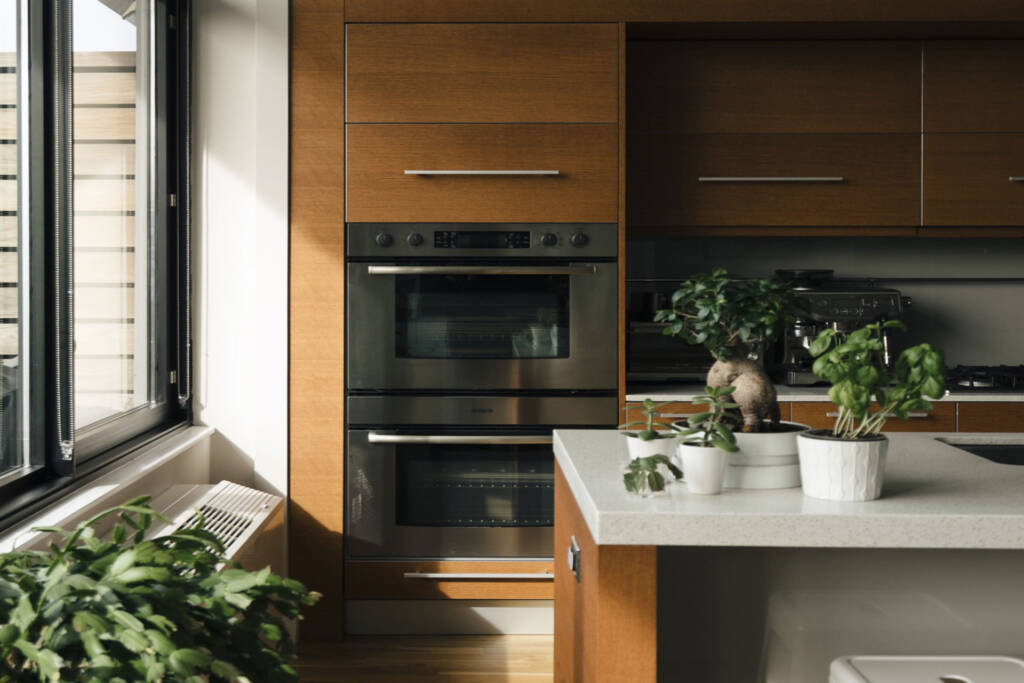
If it is your first time mixing wood tones and you want to pay close attention to details, then choosing a dominant wood tone will be advisable for you. This is an ideal start in choosing the furniture pieces you will have to incorporate into your home to be able to create the look and feel you are aiming for.
For homes that have wood flooring, that can be a way to choose a wood tone, as floors are all over the place and basically dominates throughout your home. In your process of choosing a dominant wood tone, it is also important to consider the dominant shade, so you know what to follow. In the event that you don’t have wood flooring, you can go for the largest furniture piece in the room, such as the sofa, dining table, cabinet, dresser, etc.
3. Add a Rug to Break the Dullness
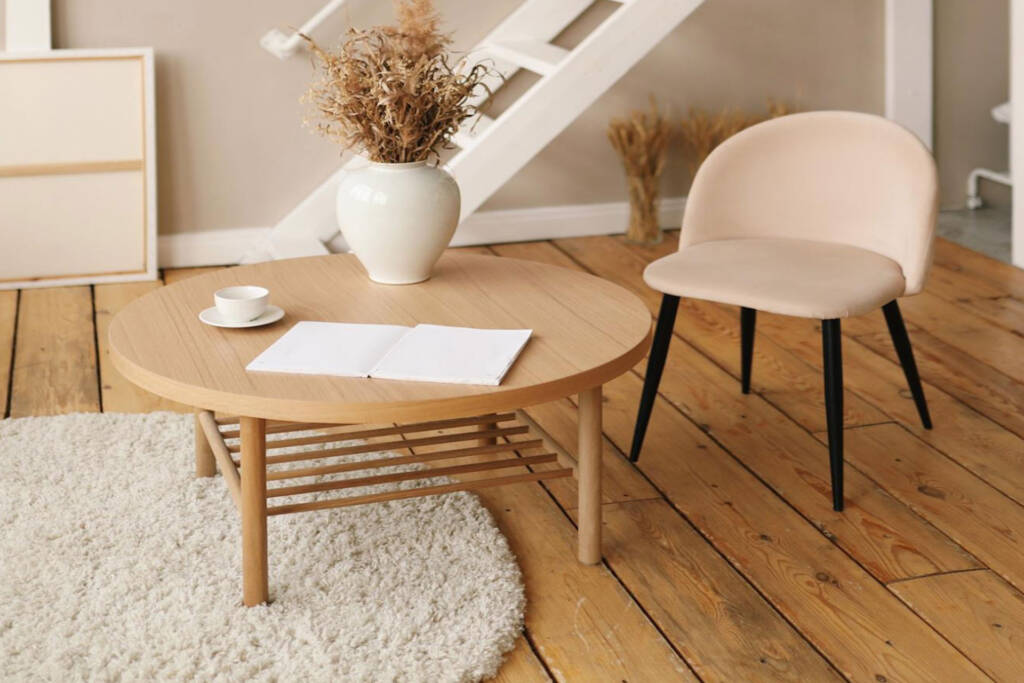
Rugs are great accessories that add character and break the dullness to any area of your home, may it be in the living room, dining room, or bedroom. Adding a rug especially works with the legs of chairs that are in different wood tones, as well as wood floors and furniture pieces that have similar wood tones. The rug helps soften the mix of wood furniture pieces with the wood flooring. It also avoids direct blending and creates diversity in patterns.
4. Match the Wood Undertones
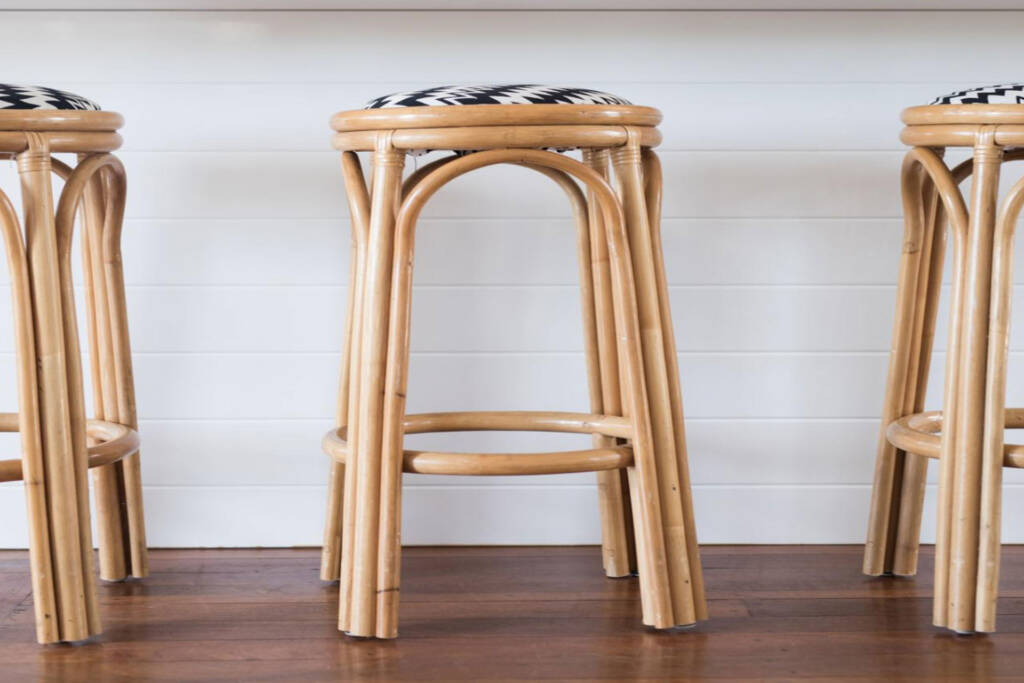
Matching the undertones go hand-in-hand with choosing a dominant wood tone. Your dominant or main wood tone will be the basis of your undertone. Those undertones either fall under warm tones or cool tones.
Warm tones are usually in yellow, orange, or red shades. While cool tones are slightly gray in shades. So if you have warm undertones in your dominant wood, you can easily mix it with warm wood furniture. For cool undertones which are stained woods, other cool wood tones will blend seamlessly with it.
5. Add an Accent Color
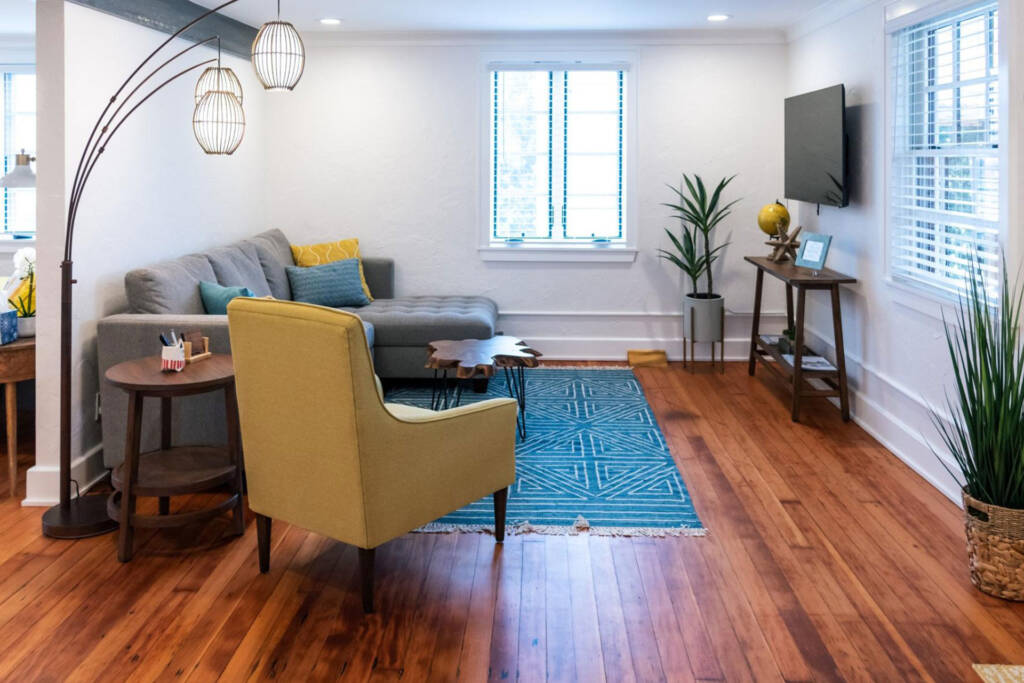
Adding some accent color will never go out of style, especially if you are mixing wood tones. The accent color will serve as a focal point and create balance at the same time, so that monotony can be avoided. This can be done by incorporating accessories such as throw pillows, chairs, stools, and lampshades.
6. Create Continuity in Wood Finish
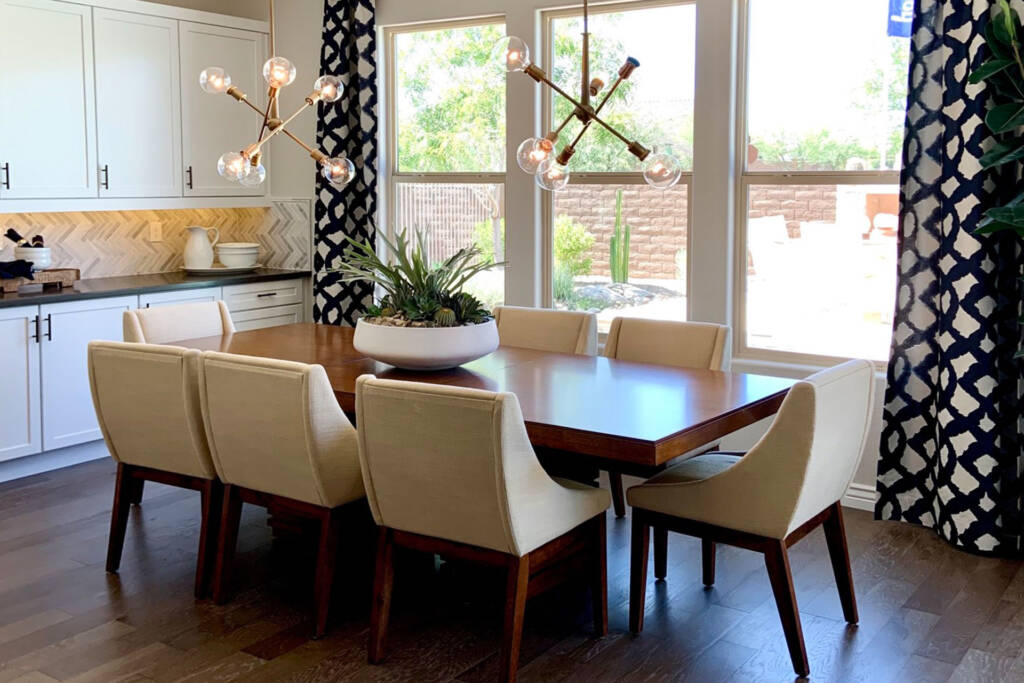
For homes that have wood tones in most areas, creating continuity will not be a problem. This will help you easily mix wood tones with different wood finishes because there is already coherence in their texture to begin with. For example, if the wood flooring has a glossy finish, then the center table, dining table, or chairs should have a more intense gloss like that of a lacquer finish.
7. Add Visual Interest With Contrast
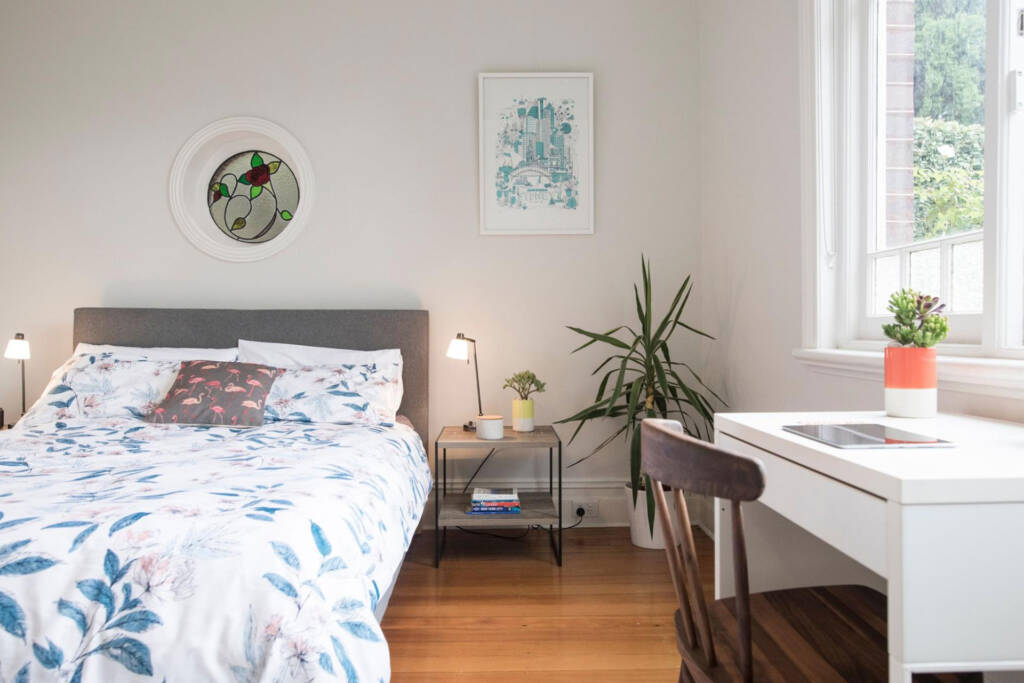
If you are feeling extra bold in mixing wood tones in your home, then going for contrasts will definitely suit your idea. You can mix light-colored furniture pieces with dark-colored flooring or vice versa. The goal is to break the monotonous texture that a similar wood tone of furniture and flooring creates. Oddly enough, contrasting wood tones aesthetically complement each other.
We hope that this article has been helpful in giving you tips on how to mix wood tones in your home.
If you are looking for home furniture and other items for your home, visit our page. We have a variety of furniture items for you!
Like our Facebook page and follow us on our Instagram to keep in touch with us regularly.



